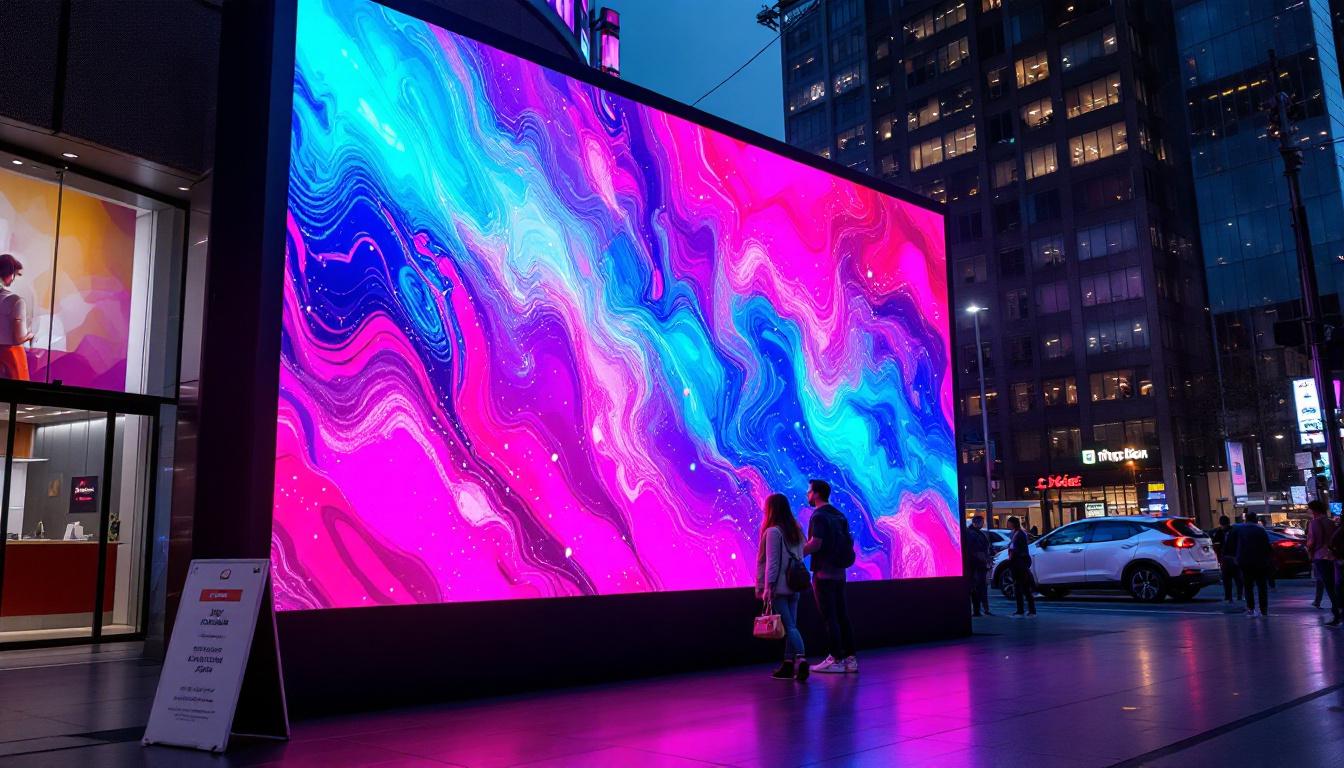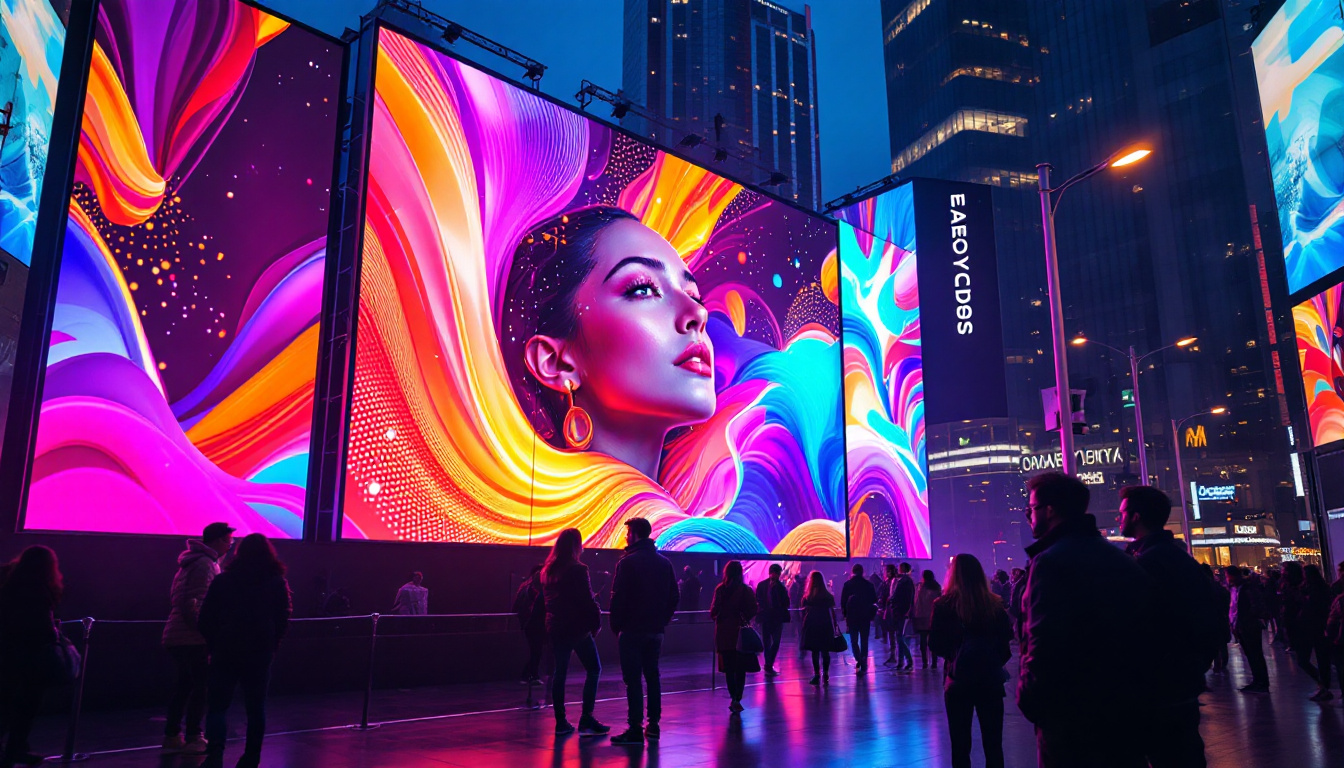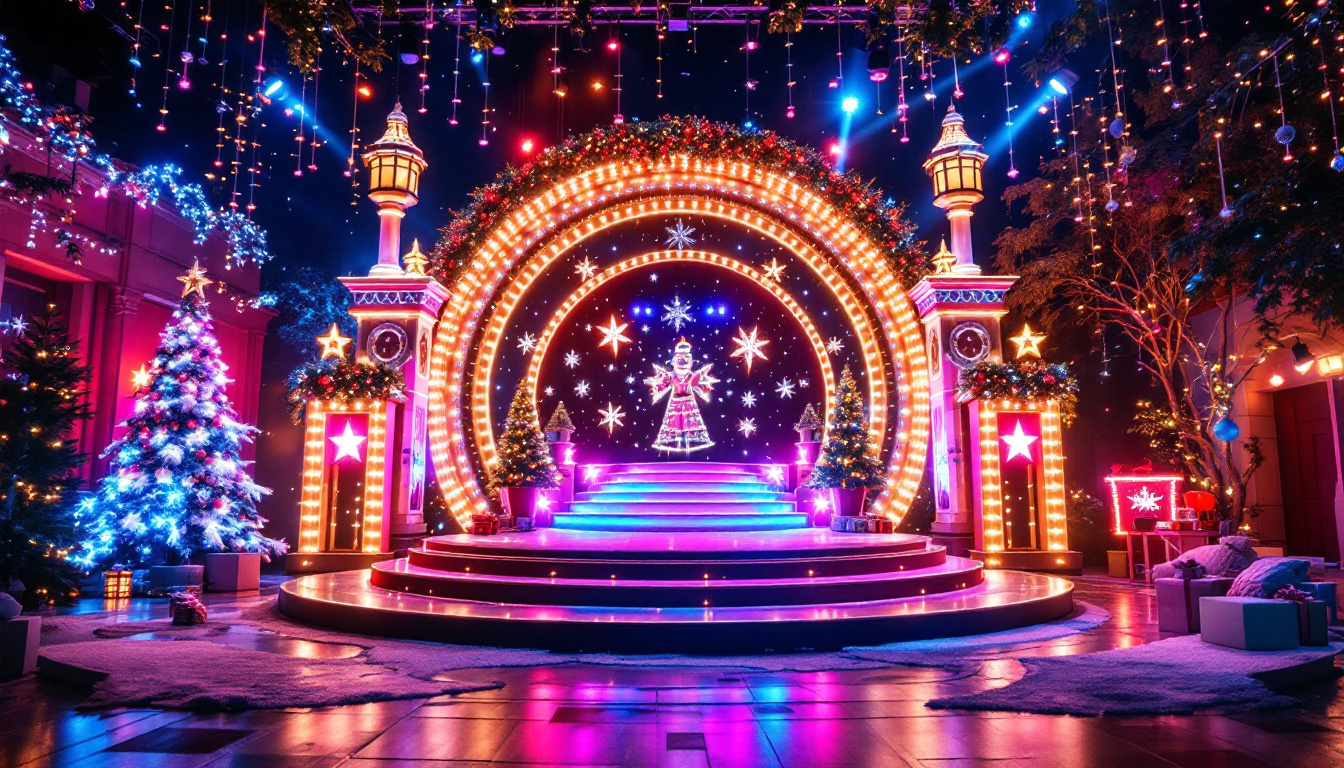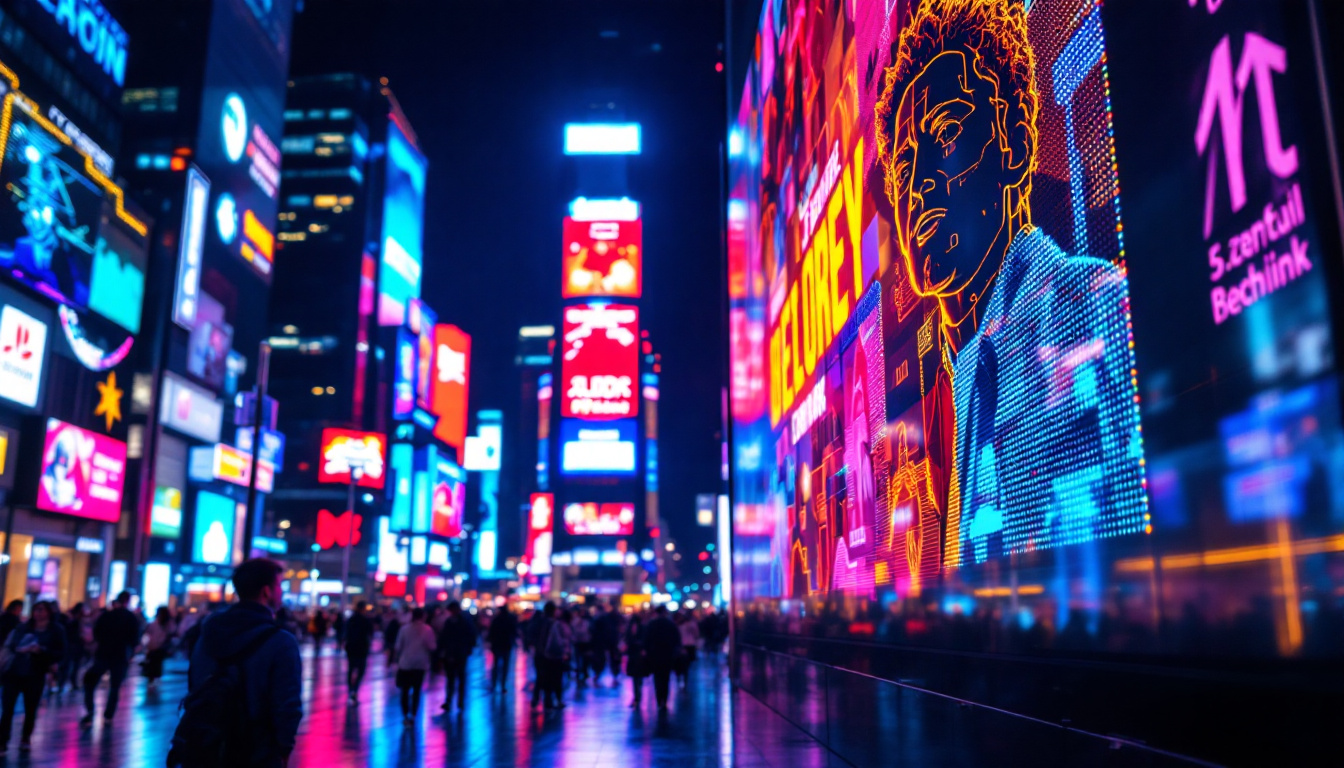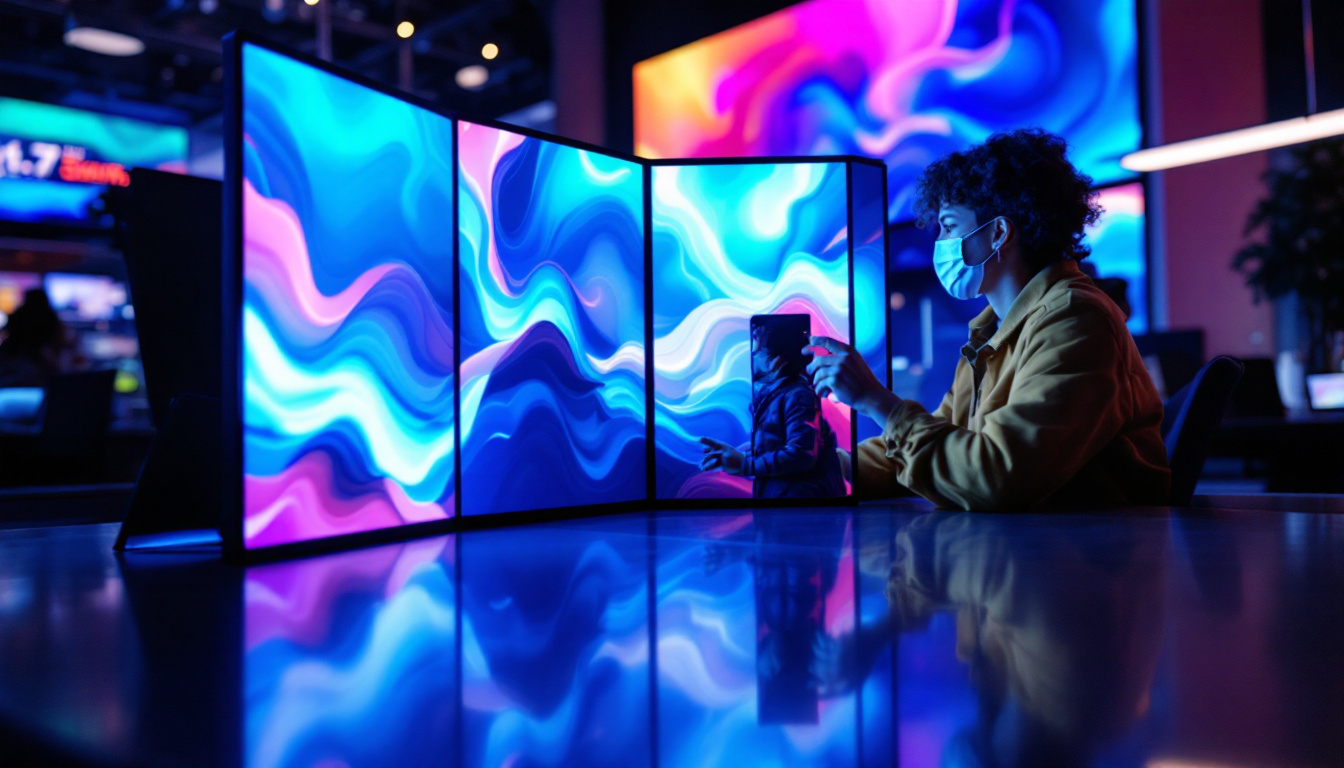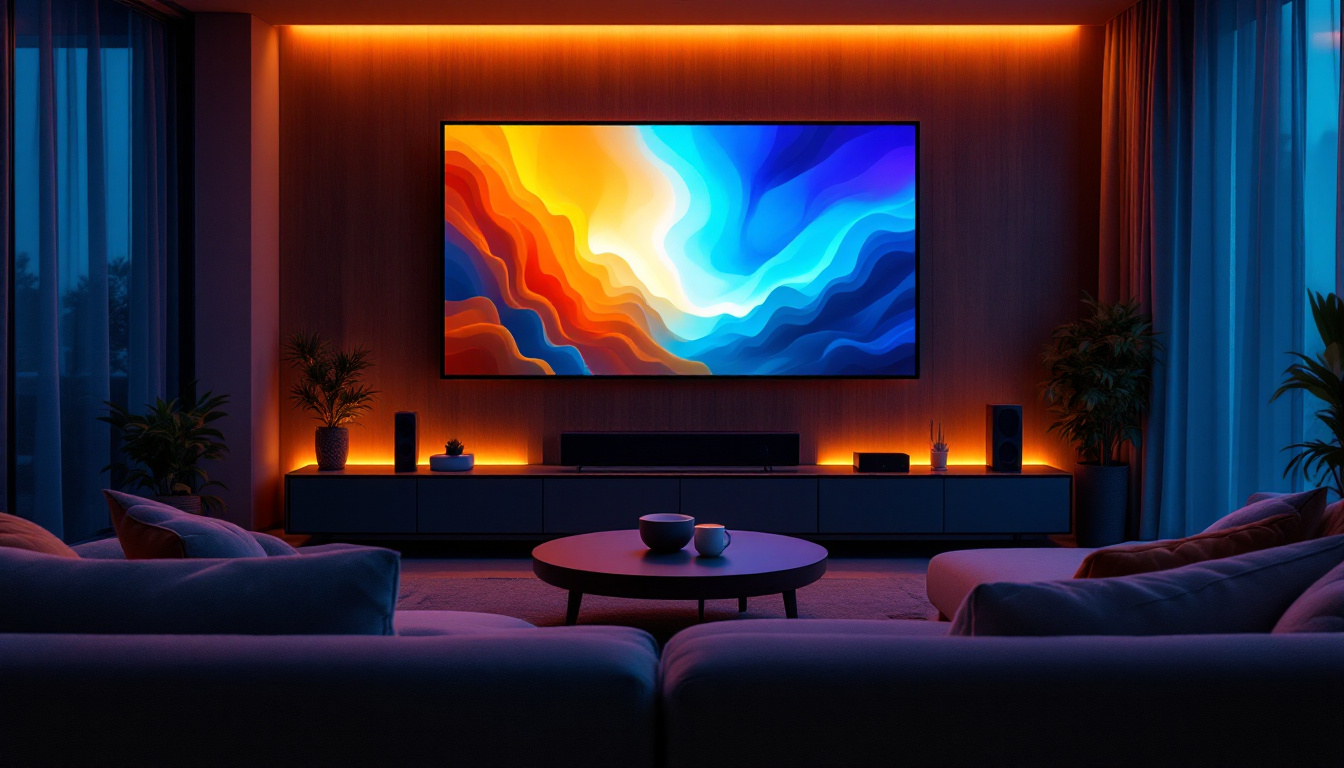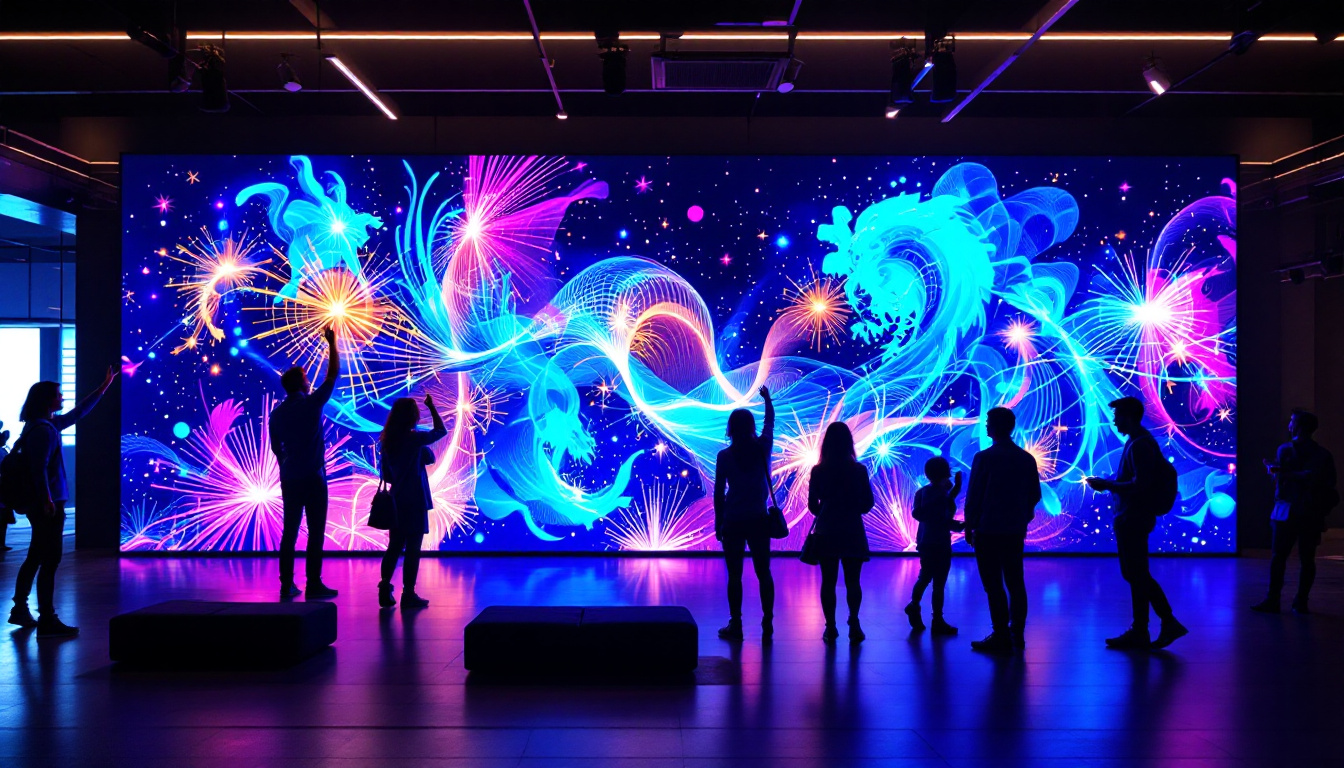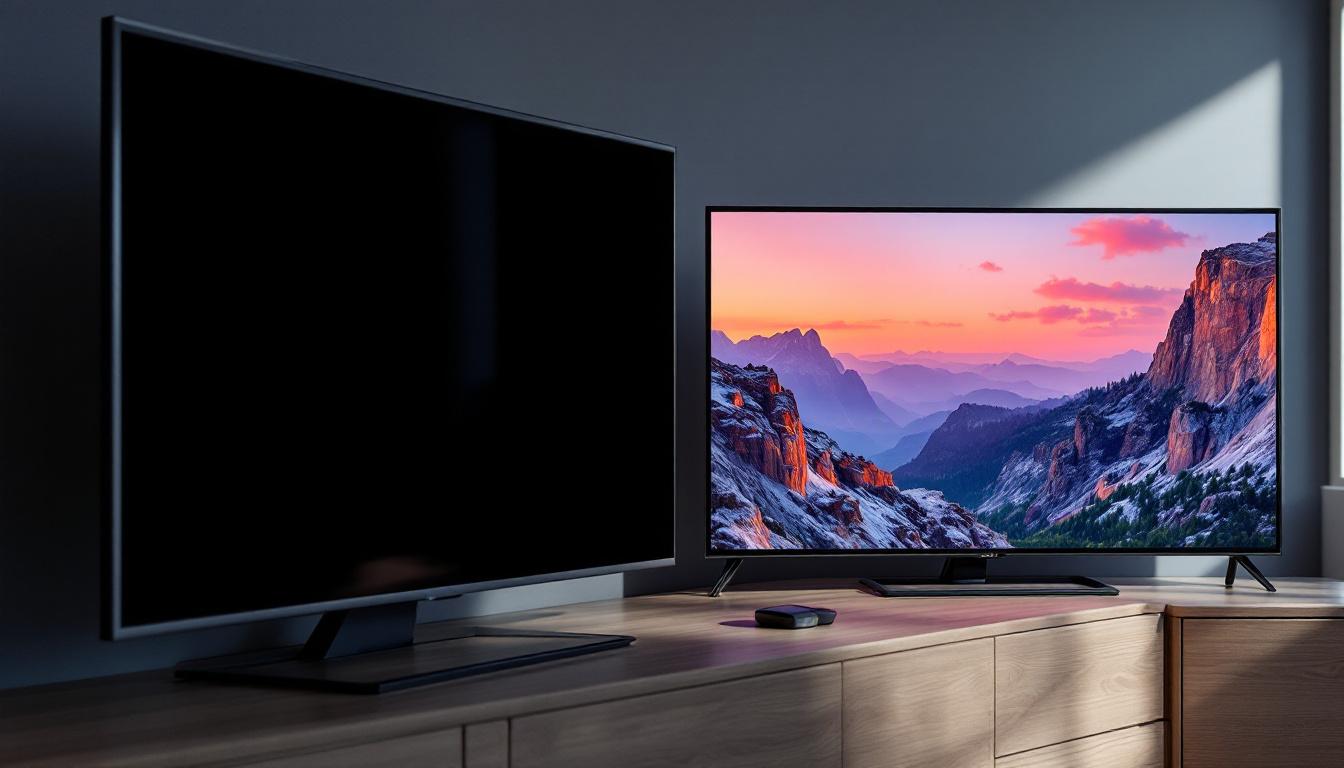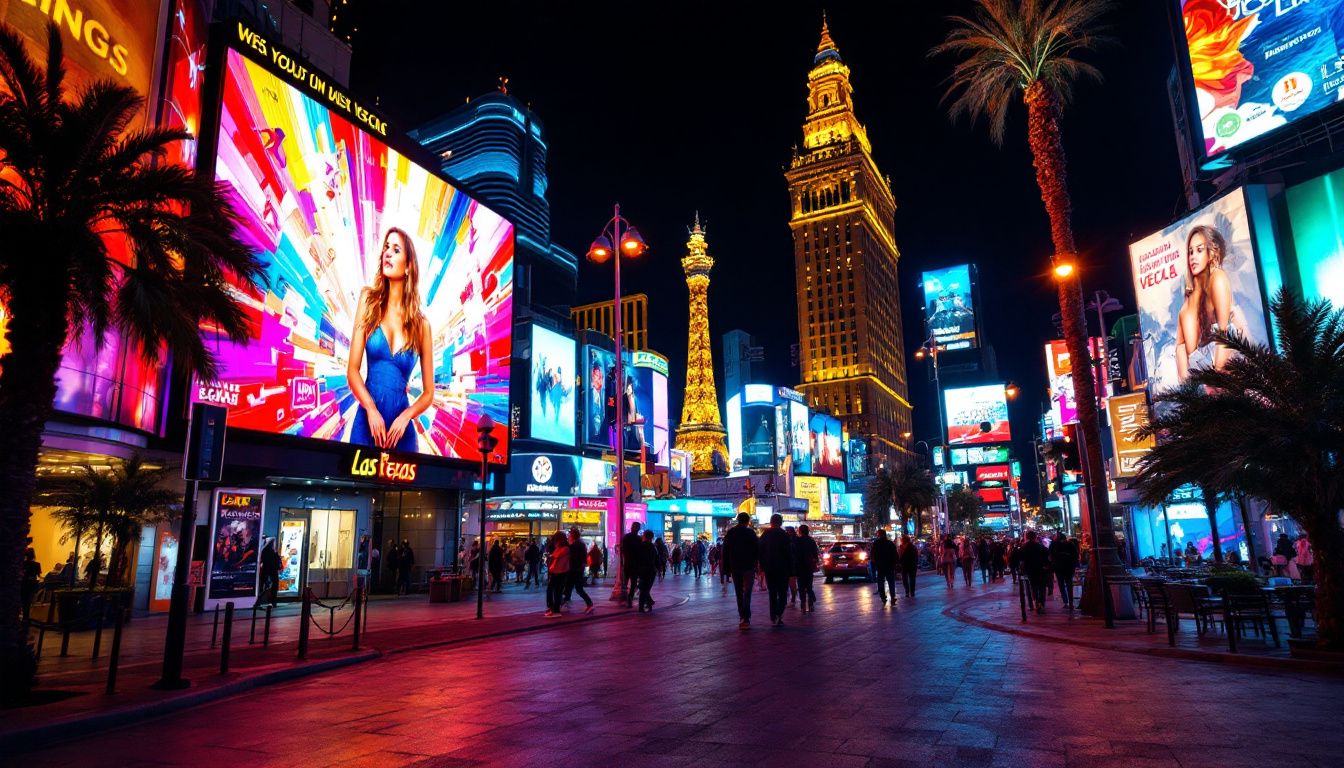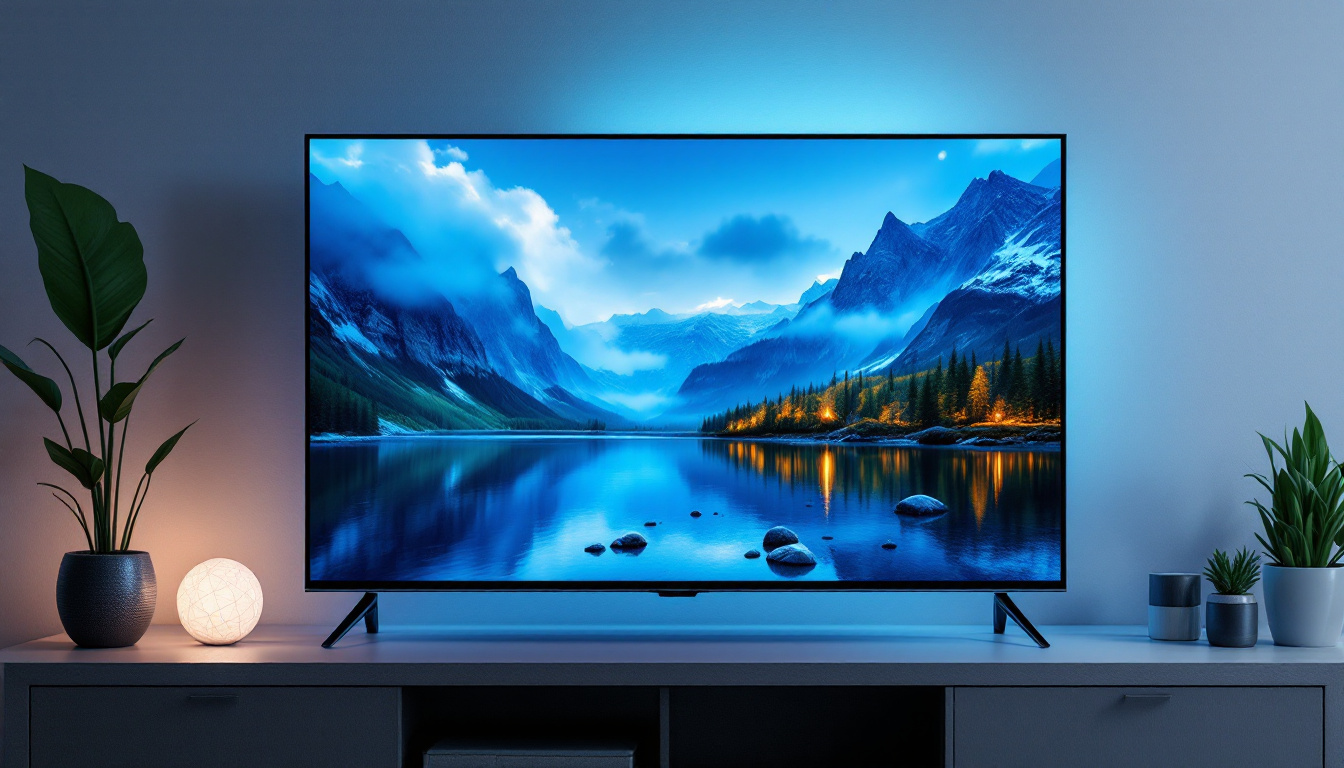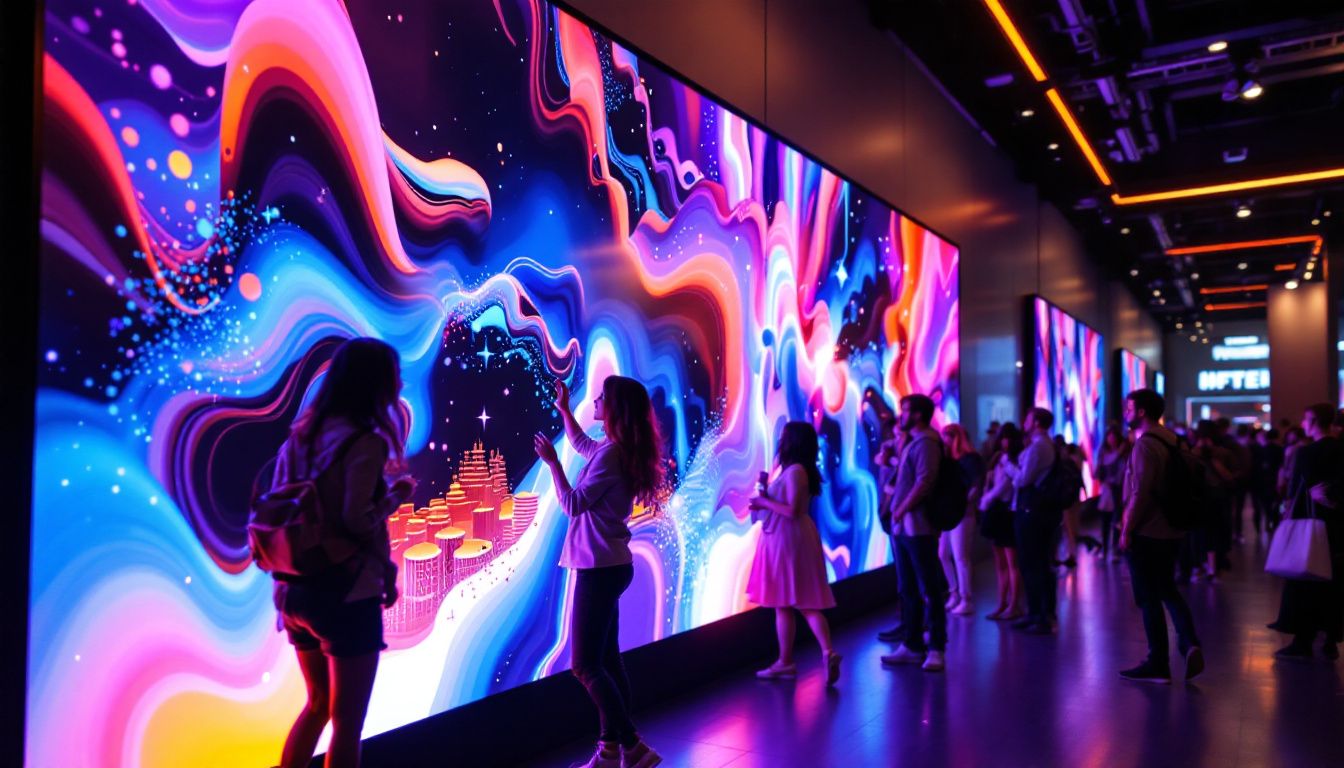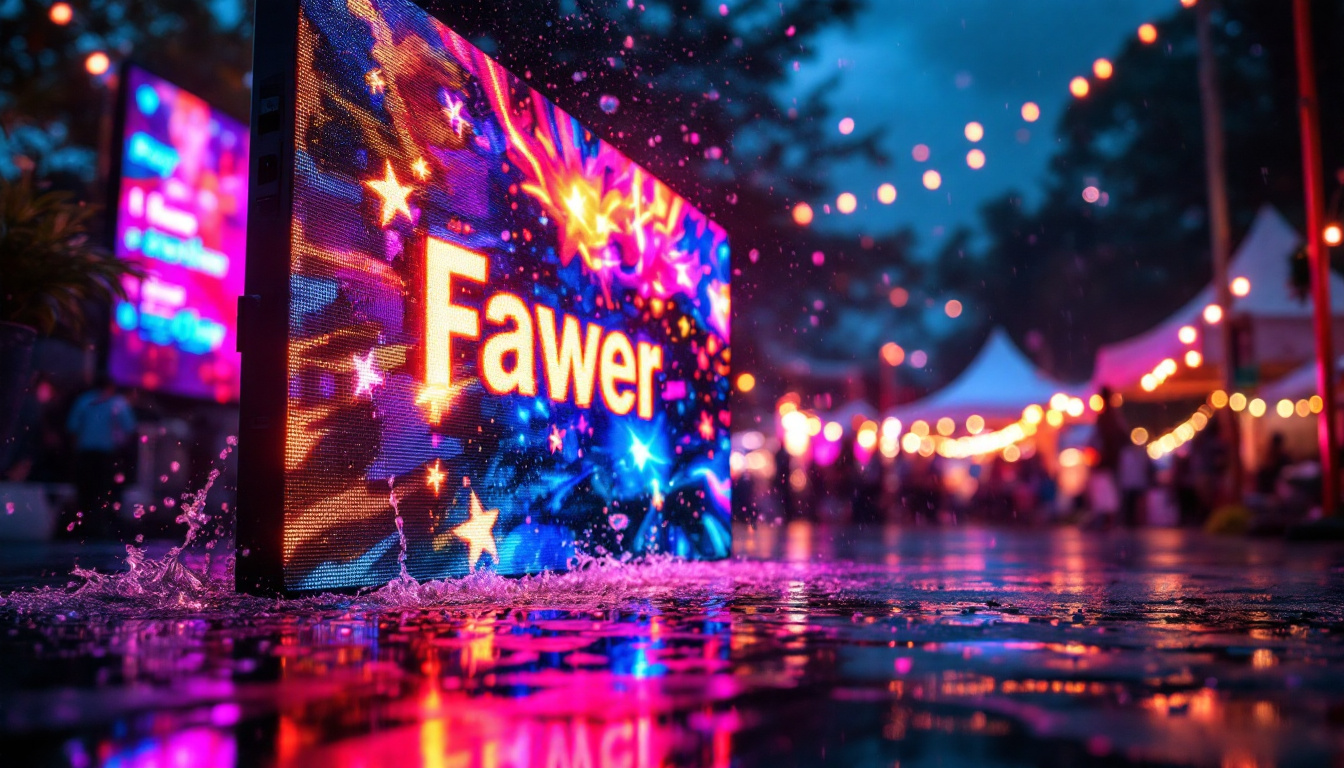In today’s fast-paced world, outdoor advertising has evolved dramatically, with LED signage becoming a dominant force in capturing public attention. From vibrant billboards on city streets to dynamic information displays at sports arenas, LED displays have transformed how businesses and organizations communicate with their audiences. This article delves into the world of outdoor LED signage, explaining what it is, how it works, and why it has become an indispensable tool for outdoor advertising and information sharing.
What Is Outdoor LED Signage?
Outdoor LED signage refers to electronic display boards that use light-emitting diodes (LEDs) to present images, videos, and text in public spaces. Unlike traditional static signs, LED displays can change content dynamically, offering flexibility and high visibility regardless of weather or lighting conditions.
These signs are designed specifically for outdoor use, meaning they are built to withstand harsh environmental factors such as rain, wind, dust, and extreme temperatures. Their robust construction and energy-efficient technology make them ideal for long-term installations in various locations, including highways, shopping centers, stadiums, and public squares. The ability to update content in real-time allows businesses and organizations to communicate timely information, promotions, or alerts, making them an invaluable tool for marketing and public service.
Moreover, outdoor LED signage can be programmed to display a variety of content types, including animations, live feeds, and interactive elements. This adaptability not only enhances viewer engagement but also allows for targeted messaging based on the audience and time of day. For example, a retail store could showcase different promotions during peak shopping hours while displaying community announcements during quieter times, maximizing the utility of the signage.
The Technology Behind LED Displays
LEDs are tiny semiconductor devices that emit light when an electric current passes through them. Outdoor LED signage consists of thousands of these diodes arranged in a grid, with each diode acting as a pixel. By controlling the brightness and color of each pixel, the display can render high-resolution images and videos.
Modern LED displays use full-color RGB (red, green, blue) diodes, allowing for a wide color gamut and vibrant visuals. The displays are typically modular, made up of panels that can be combined to create screens of various sizes and shapes, from small message boards to massive digital billboards. This modularity not only facilitates easy installation and maintenance but also provides the flexibility to scale up or down based on specific needs. Additionally, advancements in LED technology have led to improved energy efficiency and reduced heat generation, resulting in lower operational costs and a smaller environmental footprint.
Furthermore, many outdoor LED displays are equipped with sophisticated software that allows for remote management and scheduling of content. This means that operators can update messages from anywhere, ensuring that the signage is always current and relevant. Some systems even incorporate sensors to adjust brightness based on ambient light conditions, ensuring optimal visibility at all times. This level of technological integration not only enhances the functionality of outdoor LED signage but also contributes to a more sustainable approach to advertising and information dissemination.
Key Features and Benefits of Outdoor LED Signage
High Visibility and Brightness
One of the most significant advantages of LED signage is its exceptional brightness. Outdoor LED displays can reach brightness levels of 5,000 to 10,000 nits or more, making them easily readable even in direct sunlight. This brightness ensures that messages are visible day and night, enhancing the effectiveness of advertising campaigns and public announcements. The vivid colors produced by LED technology also help in capturing attention, making it easier for businesses to stand out in a crowded marketplace. Whether it’s a bustling city street or a quiet suburban area, the high visibility of LED signage can significantly increase foot traffic and customer engagement.
Energy Efficiency and Longevity
Compared to traditional lighting technologies like neon or incandescent bulbs, LEDs consume significantly less power. This energy efficiency translates into lower operating costs and a reduced environmental footprint. Additionally, LED modules have a long lifespan, often exceeding 100,000 hours of operation, which minimizes maintenance and replacement expenses. This longevity not only benefits businesses financially but also contributes to sustainability efforts, as fewer resources are needed for production and disposal of lighting fixtures. Furthermore, many LED signs are equipped with smart technology that allows for automatic dimming based on ambient light conditions, further enhancing energy savings and extending the life of the display.
Dynamic and Flexible Content
Unlike static signs, LED displays can show a variety of content formats including text, images, animations, and videos. This flexibility allows businesses to update their messages in real-time, tailor content to specific times of day or events, and engage viewers with eye-catching motion graphics. For instance, a restaurant can promote daily specials or limited-time offers that change throughout the day, while a retail store can showcase seasonal sales or new arrivals with vibrant visuals. The ability to schedule content also means that businesses can plan their advertising strategies around peak traffic times, maximizing their outreach and impact.
Durability and Weather Resistance
Outdoor LED signage is engineered to endure challenging weather conditions. Most displays have an IP65 or higher rating, indicating they are dust-tight and protected against water jets. This durability ensures reliable performance in rain, snow, heat, and cold, making them suitable for diverse climates worldwide. Additionally, many LED signs are constructed with robust materials that resist fading and corrosion, ensuring that they maintain their appearance over time. This resilience not only protects the investment but also ensures that the messaging remains clear and effective, regardless of environmental challenges. Moreover, some manufacturers offer warranties that cover both the display and its components, providing peace of mind for businesses looking to invest in long-term advertising solutions.
Applications of Outdoor LED Displays
Advertising and Marketing
Outdoor LED signage is a cornerstone of modern advertising strategies. Retailers, restaurants, and entertainment venues use LED billboards and signs to attract customers with vibrant promotions and timely offers. According to a 2023 report by the Outdoor Advertising Association of America, digital out-of-home advertising, including LED displays, has seen a 12% annual growth rate, highlighting its increasing importance in marketing budgets.
Large-scale LED billboards along highways and urban centers reach millions of viewers daily, providing advertisers with unmatched exposure. The ability to rotate multiple ads on a single display also maximizes revenue potential for sign owners.
Public Information and Safety
Municipalities and transportation authorities deploy outdoor LED signage to communicate critical information such as traffic updates, emergency alerts, and event notifications. For example, variable message signs (VMS) on highways use LED technology to warn drivers of accidents, road closures, or weather hazards, improving safety and traffic flow.
Events and Entertainment
Sports arenas, concert venues, and festivals utilize LED displays to enhance the spectator experience. These signs provide live scores, event schedules, advertisements, and interactive content that engage audiences. The scalability of LED screens allows for creative installations that can be tailored to specific event requirements.
Choosing the Right Outdoor LED Signage
Resolution and Pixel Pitch
The clarity of an LED display depends largely on its resolution and pixel pitch, which is the distance between individual LEDs. Outdoor signs typically have a pixel pitch ranging from 4mm to 20mm. A smaller pixel pitch results in higher resolution and sharper images, but also increases cost.
When selecting an LED display, consider the typical viewing distance. For signs viewed from afar, such as highway billboards, a larger pixel pitch is acceptable, while displays intended for close-up viewing, like storefront signs, benefit from finer pixel pitches.
Size and Installation Location
The physical size of the LED sign should align with the intended location and purpose. Larger displays are effective for high-traffic areas and long-distance visibility, whereas smaller signs work well for localized messaging. Installation considerations include mounting options (wall-mounted, freestanding, or hanging), power availability, and structural support.
Brightness and Weatherproofing
Ensure that the LED signage chosen has sufficient brightness levels for the environment. Urban areas with high ambient light require brighter displays. Additionally, verify the IP rating to guarantee the display’s resistance to rain, dust, and other environmental factors specific to the installation site.
Installation and Maintenance Considerations
Professional Installation
Installing outdoor LED signage involves electrical work, structural mounting, and network connectivity. Engaging experienced professionals ensures compliance with local regulations, safety standards, and proper integration with existing infrastructure. A well-executed installation maximizes the lifespan and performance of the display.
Regular Maintenance and Monitoring
Although LED displays are durable, routine maintenance is essential to keep them operating optimally. This includes cleaning the panels to remove dirt and debris, inspecting for damaged modules, and updating software systems. Many modern LED signs come with remote monitoring capabilities, allowing operators to detect and address issues promptly.
Future Trends in Outdoor LED Signage
Integration with Smart Technologies
The future of outdoor LED signage is closely tied to smart city initiatives and the Internet of Things (IoT). LED displays are increasingly being integrated with sensors and data analytics platforms to deliver context-aware content. For instance, signs can adjust brightness based on ambient light or display targeted advertisements based on real-time demographic data.
Energy Harvesting and Sustainability
As sustainability becomes a priority, innovations such as solar-powered LED signage and energy-efficient drivers are gaining traction. These advancements reduce the carbon footprint of outdoor displays and lower operational costs, aligning with global efforts to combat climate change.
Enhanced Interactivity
Interactive LED displays equipped with touch sensors or augmented reality (AR) features are emerging, offering immersive experiences to passersby. These technologies enable deeper engagement and provide valuable data on consumer behavior, opening new avenues for advertisers and city planners alike.
Conclusion
Outdoor LED signage represents a powerful medium for communication in public spaces, combining high visibility, durability, and dynamic content capabilities. Its applications span advertising, public safety, entertainment, and beyond, making it a versatile investment for businesses and municipalities. Understanding the technology, benefits, and considerations involved in selecting and maintaining LED displays is crucial for maximizing their impact.
As technology advances, outdoor LED signage will continue to evolve, integrating smarter features and sustainable solutions that enhance urban environments and enrich the way information is shared with the public.
Discover LumenMatrix LED Display Solutions
Ready to elevate your outdoor advertising and public communication? LumenMatrix offers a comprehensive range of LED display solutions that bring your messages to life with unparalleled brightness, clarity, and dynamism. Whether you’re looking to captivate passersby with an Outdoor LED Wall Display, engage fans with a LED Sports Display, or create a unique visual experience with a Custom LED Display, LumenMatrix has the technology to transform your vision into reality. Check out LumenMatrix LED Display Solutions today and start making a lasting impression in the digital age.

